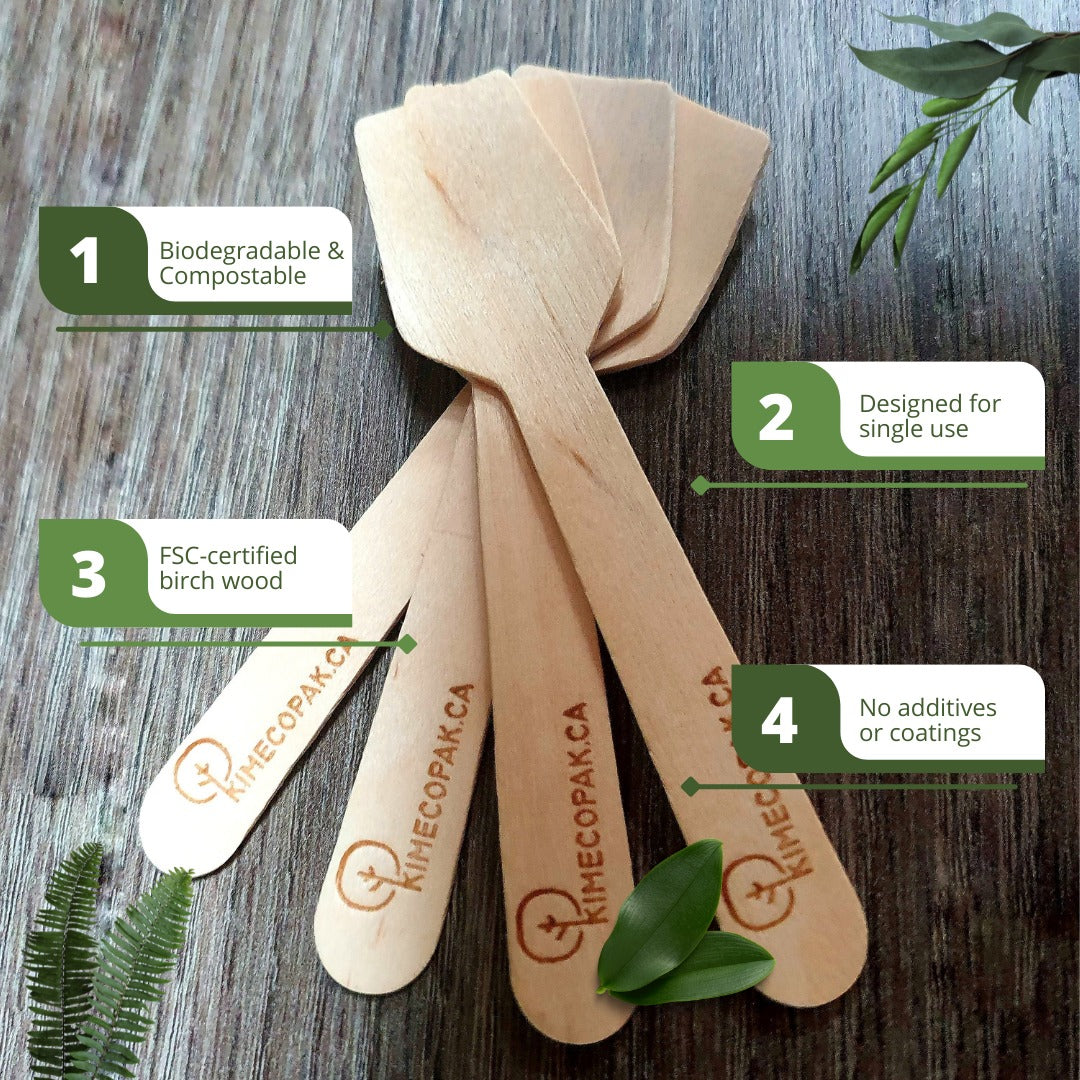Coffee, a beloved beverage enjoyed by millions, owes its delightful flavors to careful cultivation and precise harvesting techniques. Harvesting coffee is a labor-intensive process that requires skill and attention to detail to ensure the beans develop their best potential. Different regions around the world employ unique methods suited to their specific climates and coffee varieties. Here’s an exploration of coffee harvesting practices globally and how these methods contribute to the flavor profile of your cup of coffee.
Global Coffee Harvesting Regions
- Coffee Harvesting in Central and South America:
- Countries: Brazil, Colombia, Costa Rica, Guatemala, Honduras, Mexico, and more.
- Harvesting Season: Generally from October to March, varying slightly depending on the country and altitude.
- Methods: Hand-picking is common in regions with steep terrain, while mechanical harvesting is used in flatter areas like Brazil.
- Coffee Harvesting in Africa:
- Countries: Ethiopia, Kenya, Tanzania, Rwanda, Uganda, and more.
- Harvesting Season: Typically from October to February, with some variations.
- Methods: Predominantly hand-picking due to the diverse topography and the importance of selecting only ripe cherries.
- Coffee Harvesting in Asia and Pacific:
- Countries: Indonesia, Vietnam, India, Papua New Guinea, and more.
- Harvesting Season: Generally from May to September, depending on the region and altitude.
- Methods: A mix of hand-picking and strip picking, with mechanical harvesting becoming more prevalent in some areas like Vietnam.
When is Coffee Harvested?
The time to harvest coffee cherries will be influenced by a range of variables such as altitude, average rainfall, soil quality, and proximity to the equator. For example, high temperatures and heavy rainfall accelerate cherry maturation.
As a result, there is a specific harvest season for every origin, and occasionally even for distinct regions within the same origin.
The majority of origins only have one harvest season a year, and it usually takes three months to complete. The exceptions are Kenya and Sumatra in Indonesia typically produce two harvests annually, and Colombia, which harvests all year round.
Harvesting Methods Explained
- Selective Hand-Picking:
- Description: Workers hand-pick only the ripe coffee cherries, leaving unripe ones to be harvested later.
- Pros: Ensures that only the best cherries are picked, leading to a higher quality coffee with a more refined flavor profile.
- Cons: Labor-intensive and time-consuming, making it more expensive.

- Strip Picking:
- Description: All cherries on a branch are stripped off at once, regardless of ripeness.
- Pros: Faster and less labor-intensive, suitable for large-scale production.
- Cons: Results in a mix of ripe and unripe cherries, which can lead to inconsistent flavor and quality.
- Mechanical Harvesting:
- Description: Machines shake the coffee trees to dislodge cherries, which are then collected.
- Pros: Highly efficient and cost-effective for large, flat plantations.
- Cons: Can damage trees and result in a mix of ripe and unripe cherries, requiring further sorting.

Post-Harvest Processing
After harvesting, the coffee cherries undergo processing to remove the pulp and parchment layers surrounding the beans. The method of processing greatly influences the final flavor:
- Wet Processing (Washed Coffee):
- Description: Cherries are pulped, fermented to remove mucilage, washed, and then dried.
- Flavor Profile: Clean, bright, and often more acidic, highlighting the bean’s inherent flavors.
- Regions: Common in Central America, Colombia, and parts of Africa.
- Dry Processing (Natural Coffee):
- Description: Cherries are spread out to dry in the sun before the pulp is removed.
- Flavor Profile: Fruity, heavy-bodied, and sometimes wine-like, with greater variability.
- Regions: Predominantly used in Ethiopia, Brazil, and parts of Yemen.
- Honey Processing (Semi-Washed):
- Description: Pulp is removed, but some mucilage remains on the beans as they dry.
- Flavor Profile: Balanced, with the sweetness of natural processing and the clarity of washed coffee.
- Regions: Popular in Costa Rica and increasingly in other parts of Central and South America.
Comparison of Coffee Processing Methods
|
Processing Method |
Description |
Flavor Profile |
|
Dry Processing (Natural) |
Cherries are dried with the beans inside |
Rich, fruity, and full-bodied |
|
Wet Processing (Washed) |
Beans are separated from the cherries before fermentation |
Clean, bright, and acidic |
|
Honey Processing |
Cherries are partially removed, allowing for fermentation |
Sweet, smooth, and balanced |
|
Natural Processing |
Cherries are dried with the beans inside |
Intense and fruity |
How to Ensuring the Best Flavor Of Coffee
- Timing the Harvest:
- Optimal Ripeness: Harvesting cherries at peak ripeness is crucial for the best flavor. Ripe cherries are typically bright red, though some varieties may be yellow or orange.
- Weather Conditions: Dry weather is preferable during harvesting to prevent mold and fermentation issues.
- Careful Handling:
- Minimizing Damage: Gentle handling of cherries during picking and transport prevents bruising and fermentation that can negatively impact flavor.
- Hygiene: Clean equipment and proper storage conditions help maintain the quality of the cherries before processing.
- Skilled Labor:
- Experienced Pickers: Skilled workers who can identify and select only ripe cherries contribute significantly to the quality of the final product.
- Training and Fair Wages: Investing in the training and well-being of coffee pickers ensures a motivated workforce dedicated to producing high-quality coffee.
Conclusion
The journey of coffee from cherry to cup is a meticulous process that begins with harvesting. Around the world, different regions and cultures have developed unique harvesting techniques that reflect their environments and traditions. Whether through selective hand-picking in the mountains of Ethiopia or mechanical harvesting in the expansive fields of Brazil, the methods employed play a crucial role in shaping the flavors we savor in every cup. By understanding and appreciating these processes, we can better enjoy the rich and diverse world of coffee.
Related Articles:







